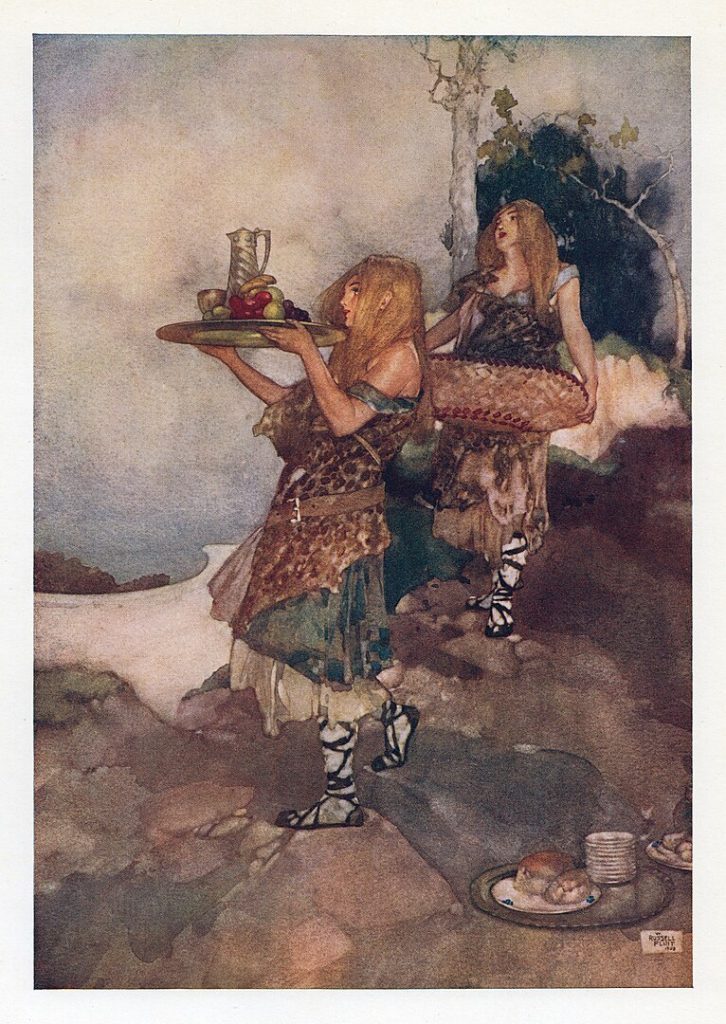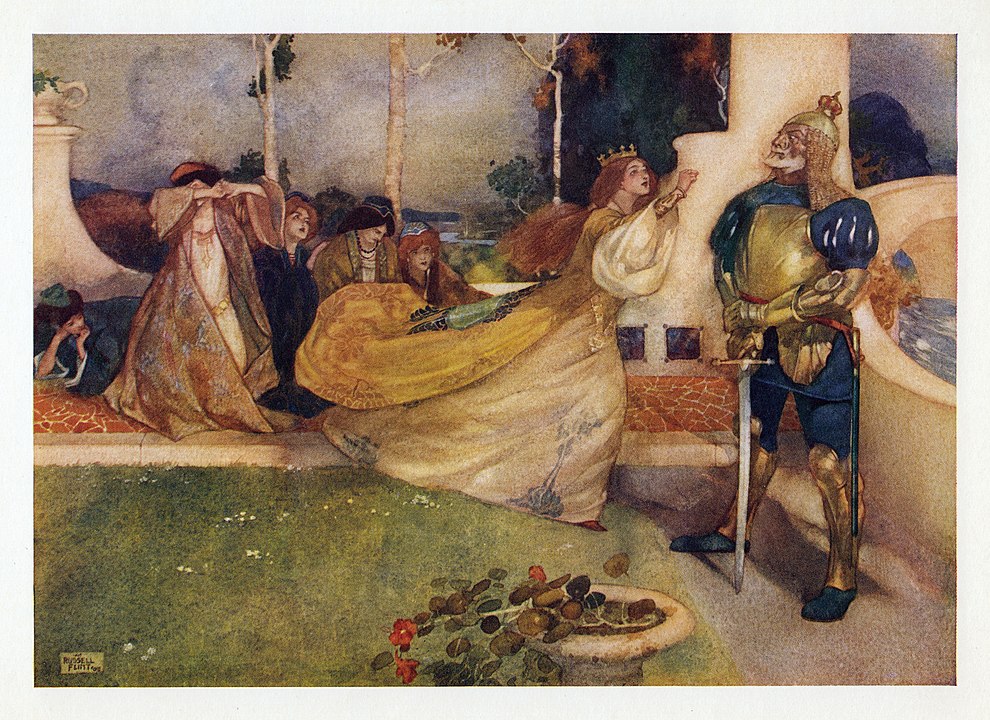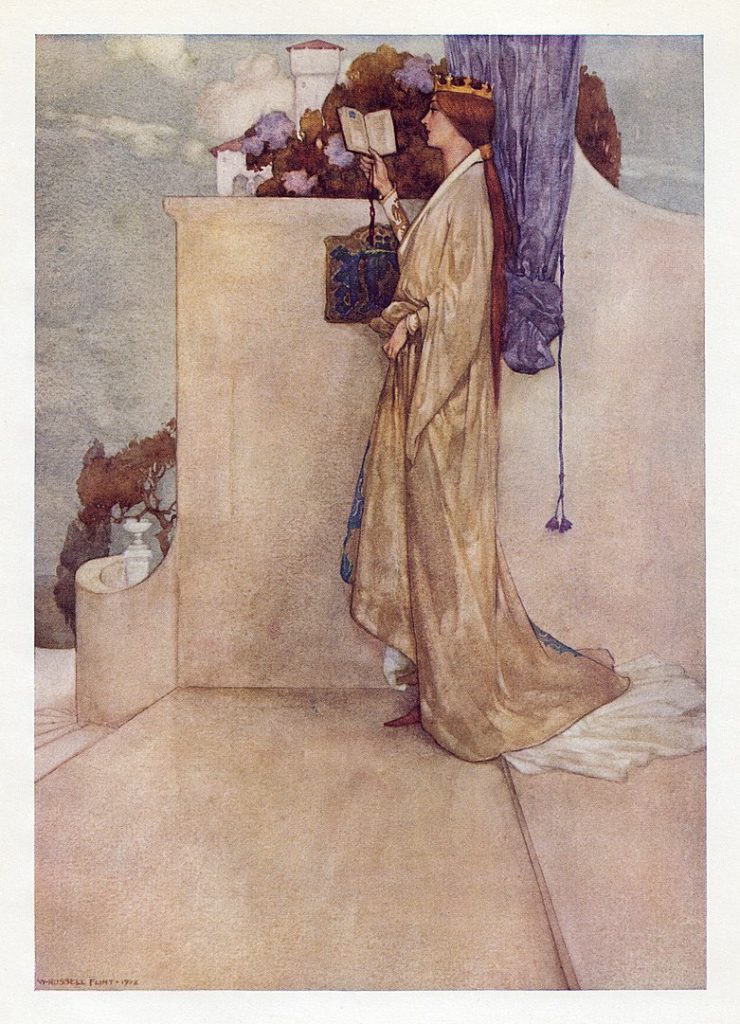
Sir William Russell Flint (1880–1969) was a Scottish artist known for his watercolor paintings, illustrations, and etchings. He was particularly renowned for his depictions of elegant and sensuous female figures, often set in idyllic landscapes or historical settings. Flint’s work is characterized by its technical mastery, meticulous attention to detail, and a classical and romanticized approach to his subjects.
- Early Life and Education: William Russell Flint was born on April 4, 1880, in Edinburgh, Scotland. He showed an early aptitude for art and attended the Royal Institution School of Art in Edinburgh. Later, he studied at the Royal Academy Schools in London.
- Illustration Career: Flint initially gained recognition as an illustrator. He worked for several major publications, including The Illustrated London News and The Sphere. His illustrations often depicted historical and mythological scenes with a focus on the female form.
- Military Service: During World War I, Flint served in the Royal Army Medical Corps and later in the Royal Air Force. His artistic talent was utilized in the creation of detailed and accurate drawings related to medical procedures and aviation.

- Watercolor Mastery: Flint became widely acclaimed for his skill in watercolor painting. His watercolors are characterized by a delicate and refined technique, showcasing his ability to capture the luminosity and transparency of the medium. He often painted scenes inspired by his travels to places like Spain, Morocco, and Venice.
- Academic Recognition: In 1933, William Russell Flint was elected as a full member of the Royal Academy of Arts, a prestigious recognition of his artistic achievements.
- Subject Matter: Flint’s favorite subjects included mythological and historical themes, as well as studies of the female nude. His depictions of women were often ethereal and idealized, reflecting a timeless beauty.
- Honors and Knighthood: In 1947, Flint was knighted for his contributions to art. He became Sir William Russell Flint, and his reputation continued to grow.
- Later Years: In his later years, Flint continued to produce art and held numerous successful exhibitions. However, his work faced criticism from some quarters for being too nostalgic and traditional in the face of modern artistic movements.
Sir William Russell Flint passed away on December 30, 1969, leaving behind a legacy of exquisite watercolor paintings and illustrations. His works are held in collections around the world, and he is remembered as a master of the watercolor medium and a contributor to the tradition of figurative art.







